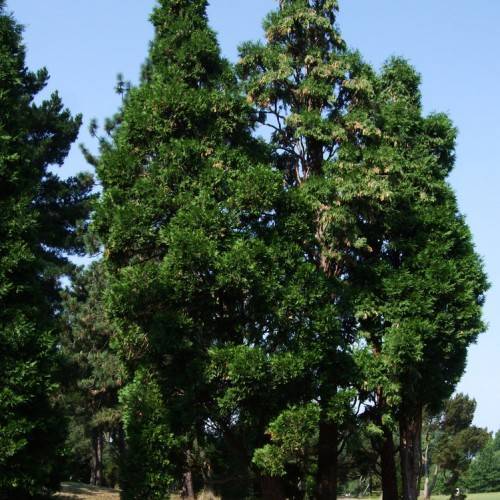
western red cedar
Thuja plicata 'Virescens'
Cycle:
Perennial
Watering:
Average
Hardiness Zone:
5 - 7
Flowers:
Flowers
Sun:
Full sun Partial sun Shade
Soil:
Loamy Clay Humus Rocky
Cones:
Yes
Leaf:
Yes
Growth Rate:
Moderate
Maintenance:
Moderate
Drought Tolerant:
Yes
Salt Tolerant:
Yes
Invasive:
Yes
Care Level:
Moderate
watering
Western red cedar (Thuja plicata 'Virescens') should be watered once a week, using approximately 1 inch of water. If the soil becomes too dry, water a little bit more, until the soil is damp throughout. If the plant is planted in an area with mostly clay or sandy soil, it should be watered more often. During the growing season, during hot summer months, it may need to be watered twice a week.
sunlight
Western red cedar (Thuja plicata 'Virescens') requires full sunlight for healthy growth. To ensure optimal light requirements, plant this species in an area that receives at least 6-8 hours of direct sunlight daily. In addition, western red cedar should be planted in sites that provide protection from strong winds as too much wind can cause the branches to become dry and brittle.
pruning
Western red cedar (Thuja plicata 'Virescens') should be pruned twice a year, in the late winter/early spring and again in the late summer/early fall. Prune lightly in the spring by removing any dead, diseased, or damaged branches. In the summer, thin out any branches that are growing too close together to increase airflow, and make any desired cuts to shape the shrub. When pruning, avoid cutting more than a third of the plant back in any 1 season.
